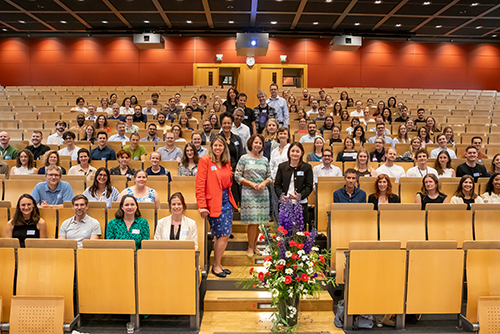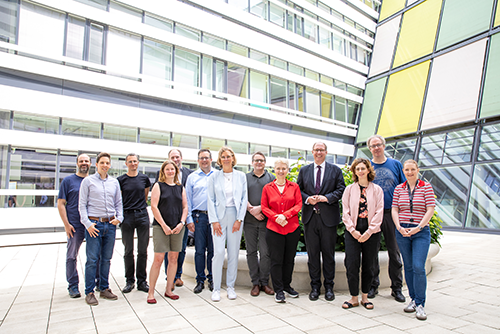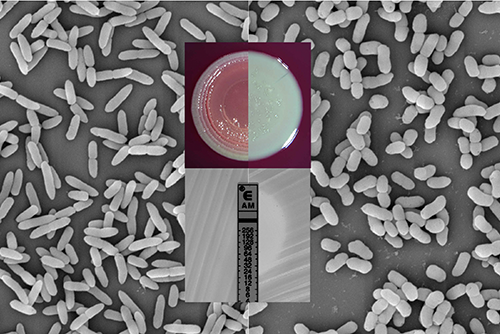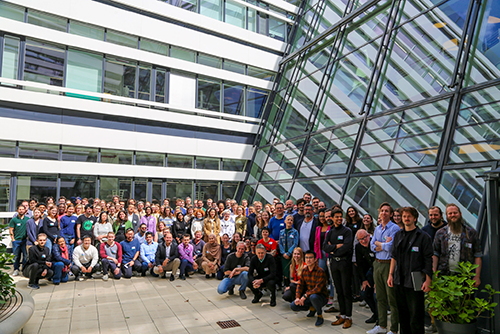Alpaca nanobody neutralizes the SARS-CoV-2 spike protein
CSSB Research Hotel scientist, Martin Hällberg and collaborators from the Karolinska Institutet have demonstrated that an alpaca nanobody effectively neutralizes the SARS-CoV-2 spike protein. Their results, recently published in the journal Nature Communications, reveal that blocking the interaction between the viral spike proteins and the human receptors could suppress SARS-CoV-2 replication. Their findings could ultimately be used to develop antiviral treatments against COVID-19.
To enter the human host cell, the receptor binding domain (RBD) of the SARS-CoV-2 spike protein binds to the angiotensin converting enzyme 2 (ACE2) receptor of the human host cell. After binding, the viral membrane fuses to the host cell membrane allowing for efficient cell entry and propagation of infection. One of several potentially effective antiviral treatments is therefore binders that block RBDs from coming into contact with the ACE2 receptor.
Ty1 is a small antibody fragment, known as a nanobody, which was derived from the immune response of an alpaca to the SARS-CoV-2 spike protein. The scientists demonstrated that Ty1 not only targets RBDs directly but also prevents RBDs from engaging with ACE2. Ty1 thereby strongly neutralizes SARS-CoV-2 spike pseudovirus in cell assays.
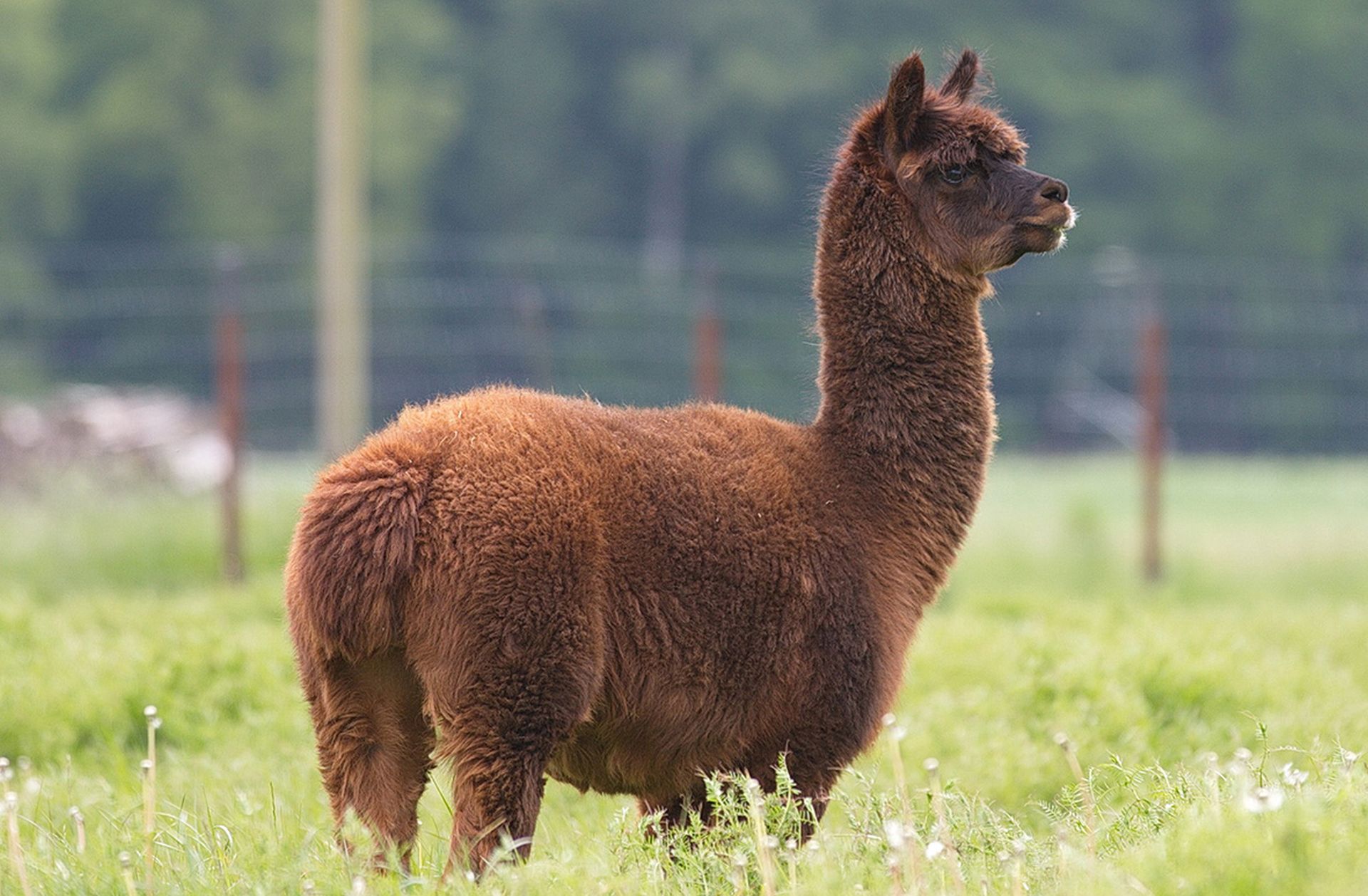
“A cryo-electron microscopy structure of the bound complex reveals that all three of the spike protein’s RBDs bind to the Ty1 nanobody ,” explains Hällberg “Interestingly, Ty1 binds to RBDs with a high affinity in both the 'up' and 'down' conformations. Our cryo-EM work shows that the Ty1 thereby blocks ACE2 binding to the spike from two directions; firstly, by binding to the RBD in the ‘up’ conformation and secondly from the side by binding to the neighbouring RBD in the ‘down’ conformation. The blockage of ACE2 binding to the spike is therefore two-pronged which explains the strong neutralization results.”
Given its ability to prevent RBD-ACE2 binding, the Ty1 nanobody is an excellent candidate to intervene against COVID-19. Overall, nanobodies are far easier and cheaper to produce than traditional antibodies and are much easier to store and distribute. Hällberg and collaborators now plan to study Ty1 in vivo to further determine its therapeutic potential.
For Hällberg contributing to this publication also illustrates the impact that joining the CSSB Research Hotel has had on his research direction. “I would not have even thought of doing something like this if I hadn't been involved in CSSB – with its focus on infection biology – for such a long time” explains Hällberg. Since joining the CSSB effort in 2012, Hällberg’s research interests have expanded from focusing on mitochondrial gene expression to include investigations into the molecular mechanisms of viral gene expression.
Reference:
Hanke L, Vidakovics Perez L, Sheward DJ, Das H, Schulte T, Moliner-Morro A, Corcoran M, Achour A, Karlsson Hedestam GB, Hällberg BM*, Murrell B*, McInerney GM* (2020) An alpaca nanobody neutralizes SARS-CoV-2 by blocking receptor interaction. Nat Commun.11(1):4420. doi: 10.1038/s41467-020-18174-5.
(*) Corresponding authors
